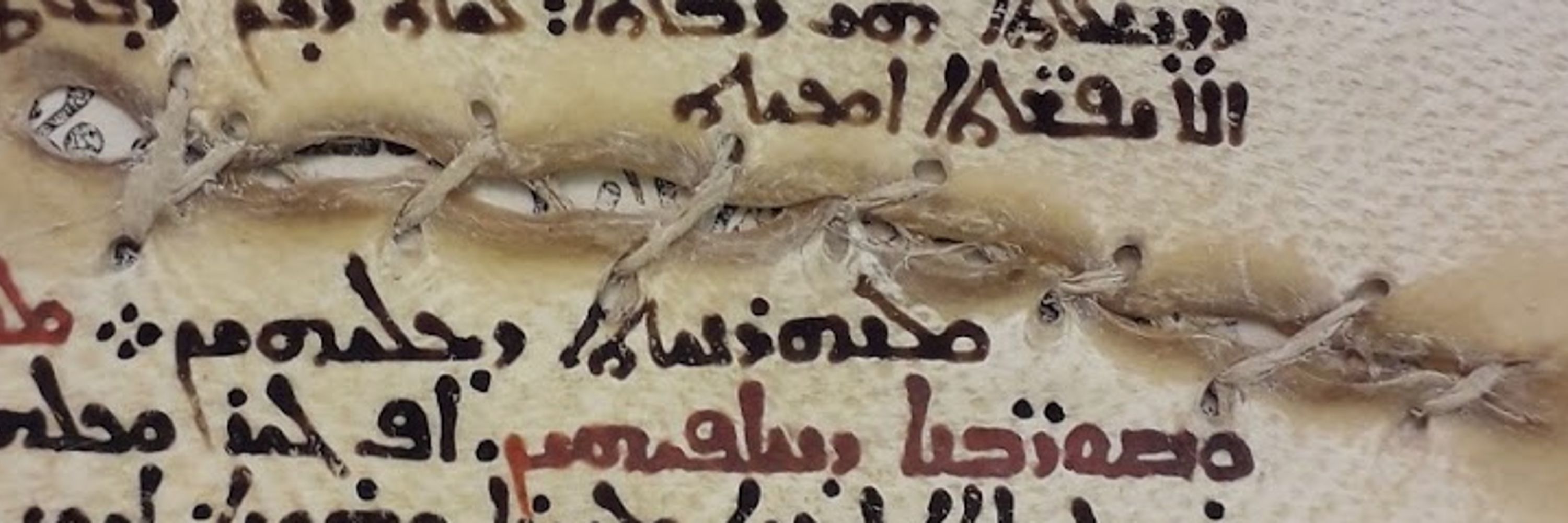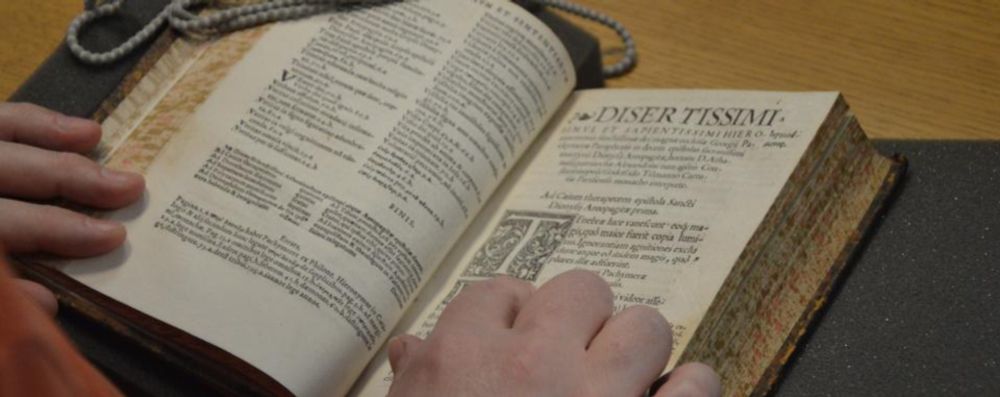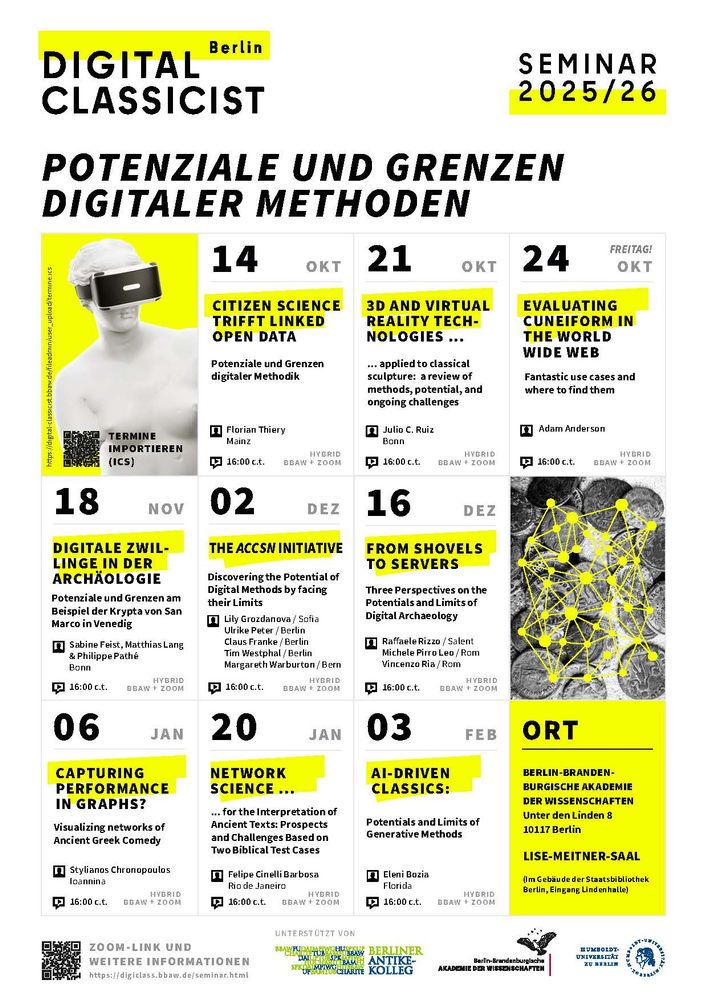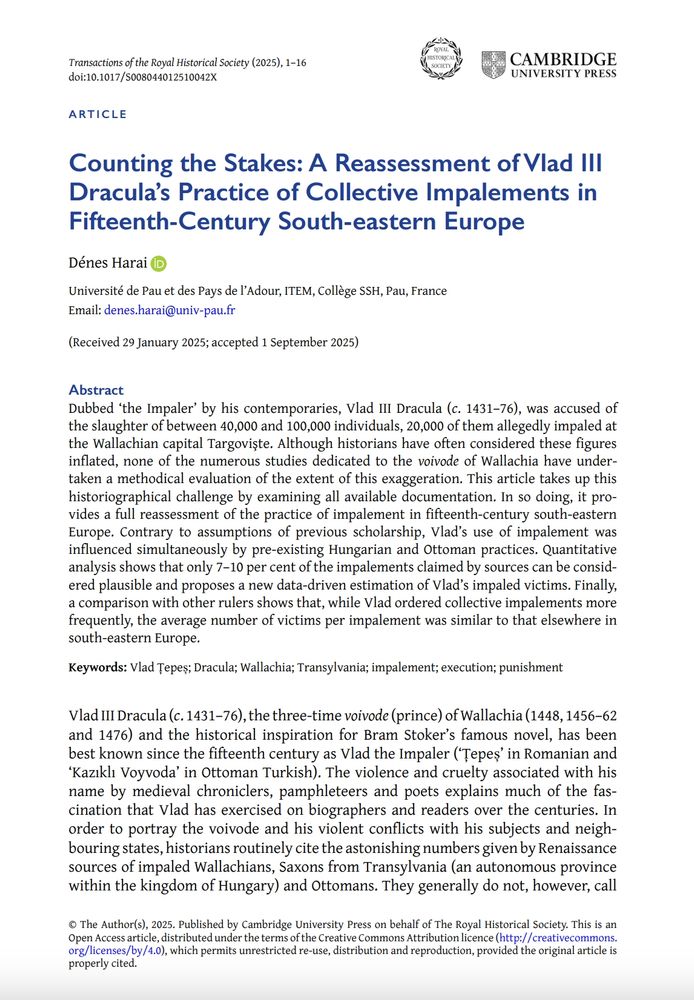Dan Batovici
@danbatovici.bsky.social
1K followers
500 following
110 posts
FWF START Award 2024 at Uni Vienna 2024: GenAut.univie.ac.at | Co-host of @tetraseminar.bsky.social TeTra.univie.ac.at | Co-editor RBECS.org | Bits and bobs in manuscript studies, and the reception of EC literature.
Posts
Media
Videos
Starter Packs
Reposted by Dan Batovici
Reposted by Dan Batovici
Reposted by Dan Batovici
Reposted by Dan Batovici
Reposted by Dan Batovici
Reposted by Dan Batovici
Reposted by Dan Batovici
Reposted by Dan Batovici
Dan Batovici
@danbatovici.bsky.social
· Sep 5
Reposted by Dan Batovici
Reposted by Dan Batovici























